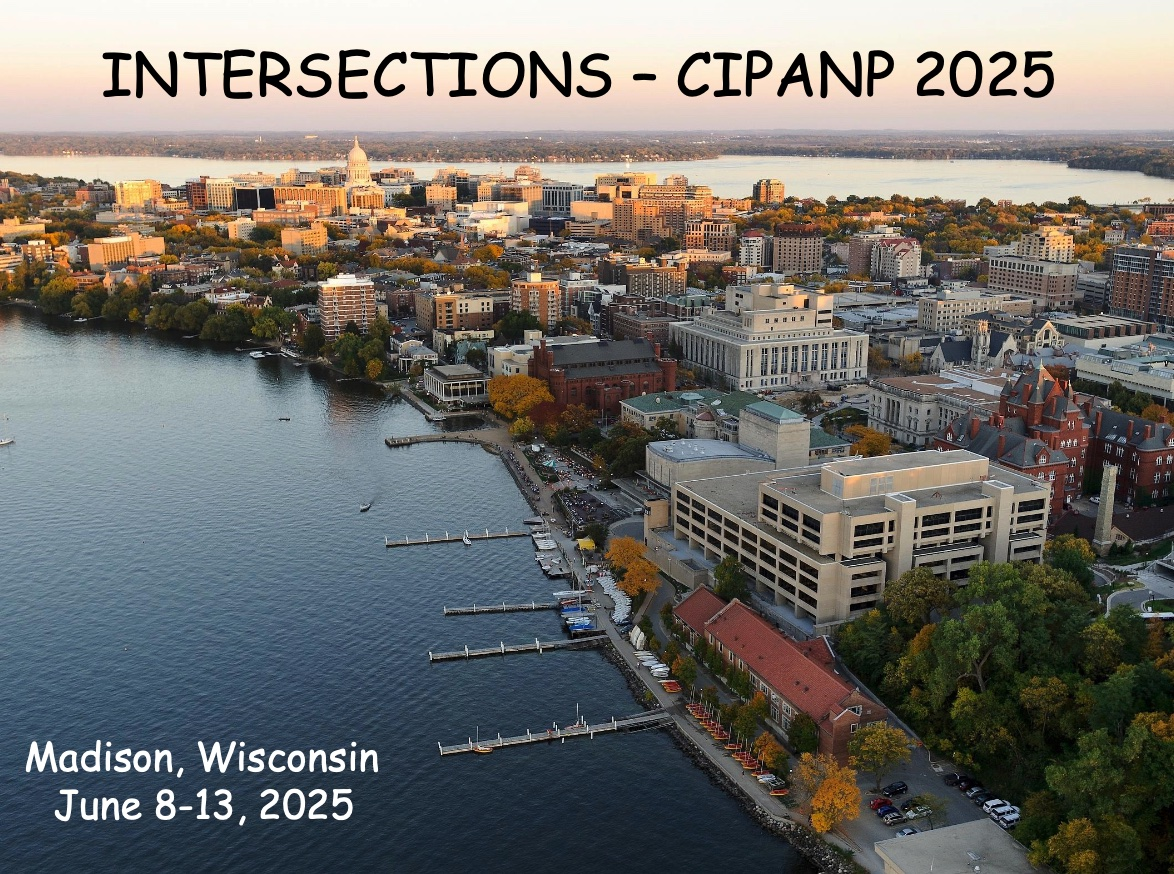Speaker
Description
The Mitchell Institute Neutrino Experiment at Reactor (MINER), based at Texas A&M University, utilizes a unique combination of low-threshold cryogenic detectors and a MW-class TRIGA research reactor to explore physics beyond the Standard Model. Designed to detect nuclear recoils down to ~100 eV, MINER enables sensitivity to coherent elastic neutrino-nucleus scattering (CEνNS) from reactor neutrinos—a process yet to be observed in a reactor-based experiment. In parallel, the experiment is also capable of probing Axion-Like Particles (ALPs) in a region of parameter space often referred to as the "cosmological triangle," which remains largely unexplored. We present the current status of the experiment along with preliminary results from both CEνNS and ALP searches. Extensive data analysis has been performed to isolate potential signals from reactor-related backgrounds. Preliminary exclusions of targeted parameter space in both CENNS and ALP searches demonstrate the potential of this approach. The MINER experiment is in the process of being relocated to the HFIR reactor at Oak Ridge National Laboratory to enhance reactor flux and improve detector sensitivity, opening new opportunities in the search for these rare particles.
In parallel to the cryogenic detector enabled searches for new physics, we have a 100-kg scale CsI (Tl) detector system with highly segmented crystals that provide strong background rejection and multi-MeV reach for ALP searches on the MINER experiment. The same detector system has the ability to search for ALPs using a reactor, radioactive sources or beam-based systems to provide world-leading sensitivities.

